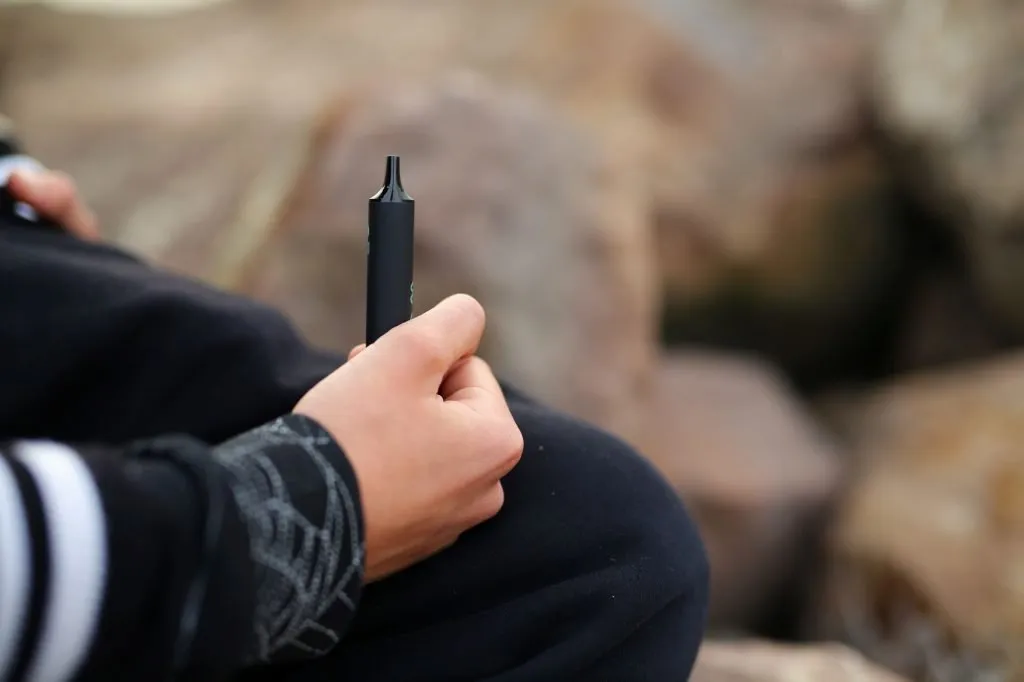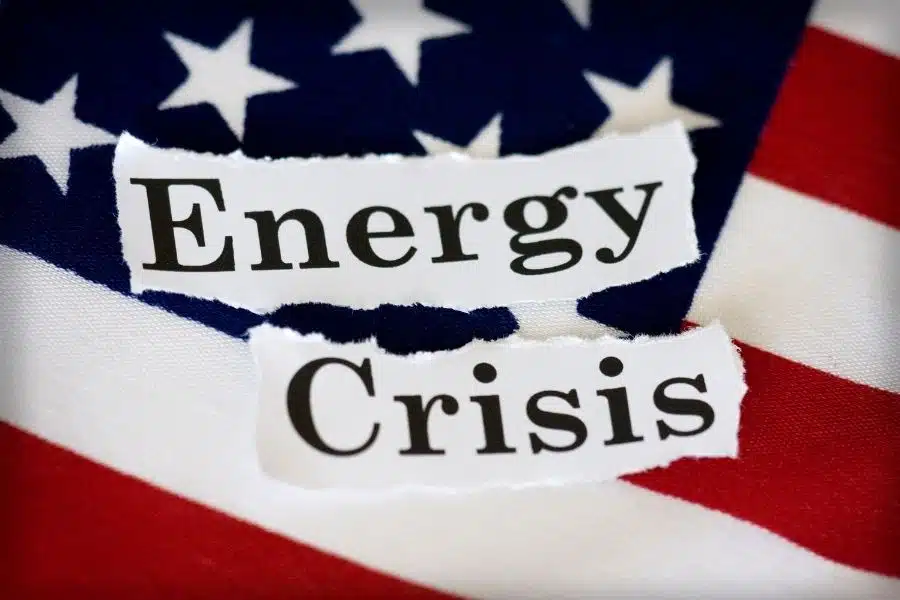Are you aware of the environmental impact of your vaping devices? Vaping has been a popular alternative to cigarette smoking. Many people use disposable vapes for vaping their favorite flavored electronic juices (e-juices or e-liquids).
A disposable vape is a perfect on-the-go vaping device for many busy individuals. Once the device is empty, the user can dispose of it. And this is when the environmental impact of disposable vapes becomes a concern.
In this post, you’ll learn the environmental impact of disposable vapes by exploring the different materials in manufacturing this vaping device and the challenges, best practices, and recommendations vapers need to know.
What Are Disposable Vapes
Disposable vapes are single-use devices with a pre-filled e-liquid cartridge and a battery. They’re more convenient, discreet, and less expensive than traditional cigarettes.
People trying to quit smoking cigarettes choose to vape because it can provide nicotine without the tar and other toxic chemicals in cigarettes. Vape users can easily buy them online at THCO Vape or other reputable vape stores.
Disposable vapes have different flavors and nicotine strengths. Some disposable vapes also contain tetrahydrocannabinol (THC), the psychoactive compound in marijuana.
To use a disposable vape, simply inhale through the mouthpiece. The battery heats the e-liquid, creating a vapor that you can inhale. Disposable vapes typically last 200 to 500 puffs, depending on the brand and model.

What Are Disposable Vapes Made Of
Disposable vapes are made of plastic, metal, copper, and rubber.
The body of a disposable vape is mostly made out of plastic, which is lightweight and durable, making it ideal for a portable device. On the other hand, the mouthpiece is made out of rubber, a soft and comfortable material that makes it easy to inhale the vapor.
The battery and heating element are made of metal, a good conductor of heat, which is necessary for vaporizing e-liquids. Most disposable vapes have a copper coil. Copper is a good conductor of electricity, too, heating e-liquid excellently for vaporization.
When it comes to e-liquids, this vaping medium consists of propylene glycol, vegetable glycerin, nicotine, and flavoring.
As mentioned, disposable vapes are for single use only, so they’re not designed to be disassembled or recycled – although it’s worth noting that some of the materials in disposable vapes are recyclables, such as plastic and metal components. Henceforth, it’s important to dispose of disposable vapes properly to avoid environmental pollution.
Potential Environmental Impact Of Disposable Vapes
Disposable vapes have a number of potential environmental impacts, including:
- Plastic Pollution
Because disposable vapes are made of plastic, non-biodegradable material, improper disposal can affect the environment. When you dispose of vapes anywhere, the plastic can end up in landfills, oceans, and other waterways. As a result, plastic pollution can harm wildlife and marine life, as well as lead to other environmental problems.
- Lithium Battery Waste
Every year, the number of lithium-ion batteries, such as those found in disposable vapes, is believed to increase in the waste stream. It’s because lithium-ion batteries are in demand in consumer electronics, electric vehicles, and other products, including disposable vapes.
Disposable vapes contain lithium batteries, which are a type of hazardous waste. If lithium batteries aren’t disposed of properly, they can cause fires and other environmental problems. While many manufacturers develop new recycling technologies for lithium-ion energy cells, people must be aware of how they can reduce generating this waste.
- Nicotine Pollution
Nicotine is a highly addictive, toxic substance that can harm humans and animals. It’s found in tobacco products, such as cigarettes, cigars, and chewing tobacco. When tobacco products are used, nicotine is released into the air and can be inhaled or absorbed through the skin.
In addition, nicotine can be released into the environment when tobacco products are discarded, such as when cigarette butts and disposable vapes are thrown on the ground. Many disposable vapes contain nicotine because of the e-liquid component in them.
Nicotine can kill fish and other aquatic organisms. And it can make water unsafe for drinking or swimming. Moreover, birds, fish, and other animals can be poisoned by nicotine, disrupting the reproductive cycles of wildlife.
- Toxic Chemicals Dumping
Aside from nicotine, disposable vapes contain other toxic chemicals that can pollute the environment with improper disposal.
Indeed, the environmental impacts of disposable vapes are a growing concern. As the popularity of disposable vapes continues to grow, it’s important to find ways to dispose of them properly and to reduce the amount of hazardous waste they generate.
Tips To Reduce The Environmental Impact Of Disposable Vapes
As a responsible vape user, there are many things you can do to avoid harming the environment while enjoying your vaping hobby. Here are some tips for reducing the environmental impact of disposable vapes:
- Choose A Reusable Vape Device
Reusable vape devices are more durable, and you can use them for months or even years. Using reusable vapes can help reduce the waste generated by disposable vapes.
- Recycle Your Disposable Vapes
Many vape shops and recycling centers offer recycling programs for disposable vapes. These programs help reduce the amount of plastic and hazardous waste in landfills and the environment. So, the next time you purchase a disposable vape, ask the seller or store if they offer a recycling program to help save the environment.
- Dispose Of Your Disposable Vapes Properly
If you don’t have access to a recycling program, you can dispose of your disposable vapes at a hazardous waste disposal facility. Further, you can ask your waste removal service if they can help you dispose of your empty disposable vapes properly. Doing so can prevent fires and other environmental problems caused by lithium batteries and other vape components.
- Pick A Sustainable Vape Brand
You probably have seen and used different brands of vape. It’s best to work with a sustainable vape brand to help reduce the environmental impacts of disposable vapes. They use recycled materials, manufacture products sustainably, and offer recycling programs for their products.
- Be Mindful Of Your Vaping Habits
If you’re vaping less, you’ll generate less waste. And you can try to extend the life of your disposable vape by refilling it with e-liquid.
By taking these steps, you can help reduce the environmental impact of disposable vapes.
Conclusion
Vaping is a great way to help you quit cigarette smoking, allowing you to resort to an eco-friendly hobby. Yet improper disposal can negatively affect the environment. So, keep in mind the best practices when using disposable vapes above. By doing so, you’ll be more aware of the potential impacts of disposable vapes in the environment to become a more responsible vaper.






